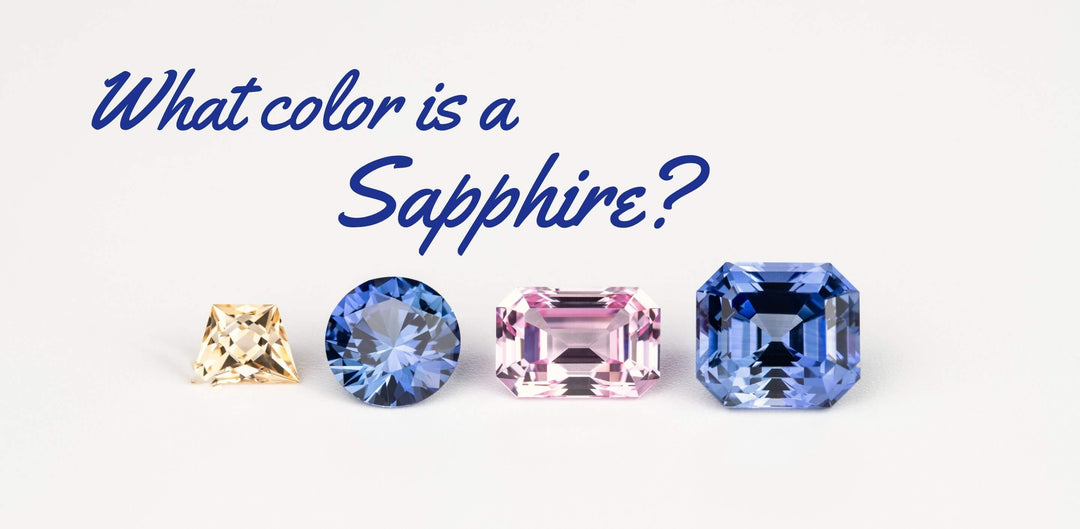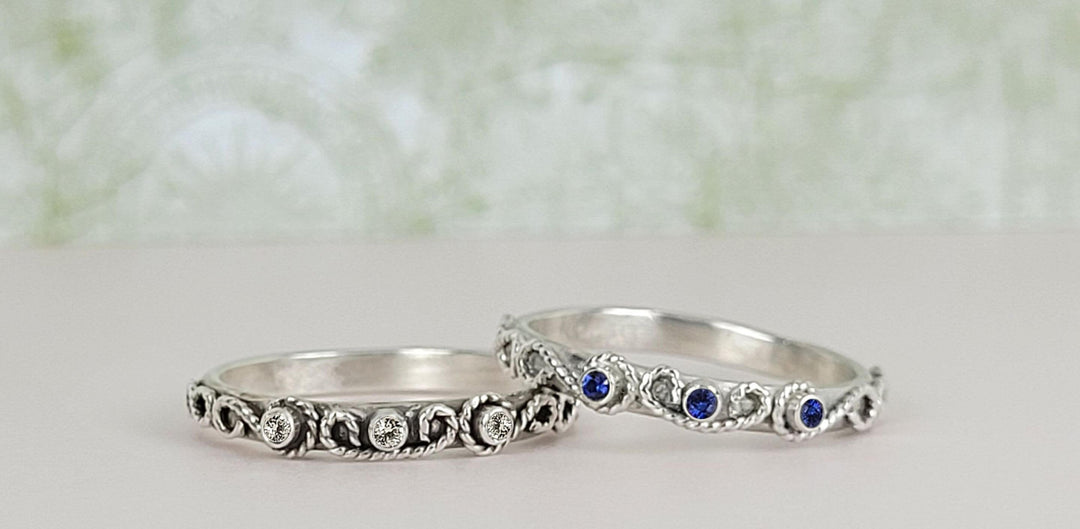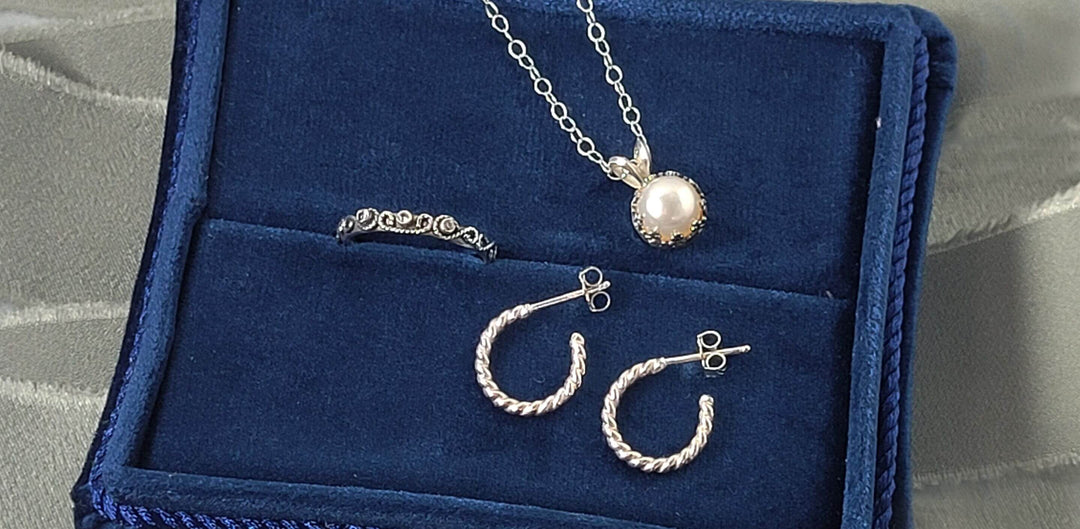How Cold Weather Affects Your Gemstone Jewelry
Not all gemstones are created equally. Some are softer, some are harder, and some can be more easily damaged when the weather turns cold. When you go from the inside of a warm house to the colder temperatures outdoors, your jewelry is exposed to rapidly changing temperatures. This change in degrees can cause irreparable damage to certain stones if they are not protected.
Certain gemstones are more susceptible to cold weather than others. So, if you treasure your gemstone jewelry and want to take care of it in the best way possible, you definitely want to keep these gemstones out of the frigid weather so that they last and remain beautiful for years to come.
Opals and Turquoise
Both opals and turquoise are softer stones, making them more fragile. These stones each hold a bit of moisture within them. This moisture is also what gives opals their vibrant, flashing color. When you expose these stones to cold weather, that moisture inside can dry up, causing cracks in both the interior and even the exterior of the stones.
Pearls
Pearls are formed in an oyster or mollusk by many layers of nacre building up over time. Because they are created organically by a living being, they are more vulnerable to harsh environmental conditions. The nacre is a fragile layer that needs humidity to retain its luster. Extreme cold weather can dry out the nacre, making the pearl lose its luster and become yellow, losing its luminous glow.
Emeralds, Tanzanite, Moonstones, and Aquamarines
These beautiful, colorful stones are not the biggest fans of cold weather. Due to their chemical makeup, they all contain small inclusions deep within the stone. These inclusions give moonstones their ability to have unexpected flashes of color when the light hits them. Cold weather can cause these inclusions to expand or contract, further increasing the size of the inclusions which makes the stone more fragile.
Amethyst, Citrine, Garnet, and Quartz
While these gemstones fare better in cold weather, extreme cold weather can cause them to change color. Many times this color change is temporary. But, if they are exposed to extreme cold weather for a prolonged period of time, the color change can become permanent, changing the look of the stone forever.
This is not to say that you shouldn't wear gemstone jewelry in cold weather. In many instances, you can still wear it, but you should protect it. Gemstones like these should ideally be kept warm against the skin, or protected under layers of clothing to mitigate the harsh temperature changes that occur during the winter season.
With the proper care and attention, your jewelry can endure the winter's colder temperatures, and maintain their exquisite beauty for many years to come.








